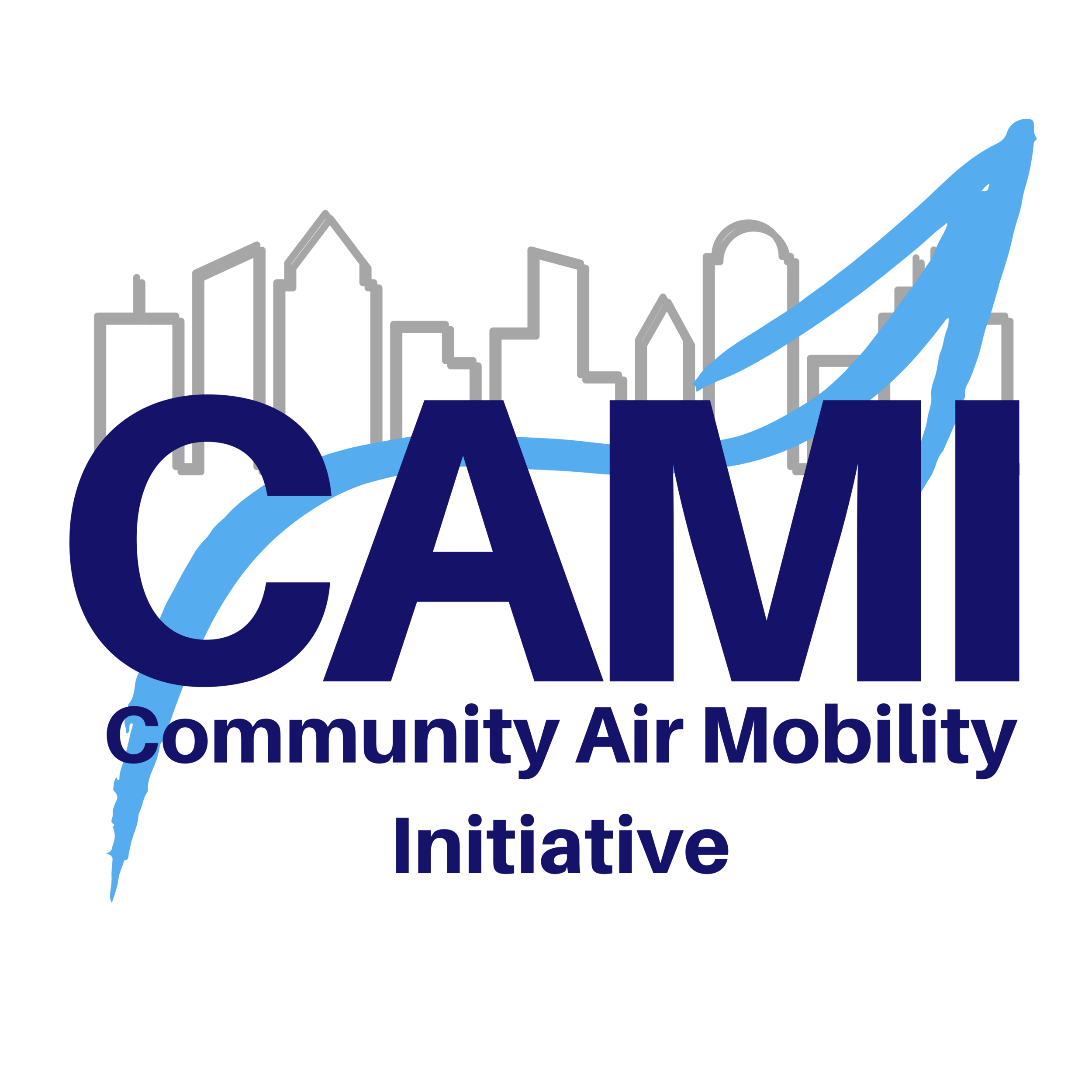CAMI co-signs UAM OSTP Letter
CAMI was honored to join as part of a group of ten organizations active in the urban air mobility space - including members GAMA, VFS, and NBAA - as a signatory of a letter to the Office of Science and Technology Policy supporting the inclusion of electric vertical takeoff and landing (eVTOL) vehicles in its budget priorities for FY2021.
DATED: November 13, 2019
TO: Michael Kratsios
Chief Technology Officer of the United States Office of Science and Technology Policy
Executive Office of the President
Eisenhower Executive Office Building
1650 Pennsylvania Avenue Washington, DC 20504
AND: Russell T. Vought
Acting Director Office of Management and Budget
725 17th St. NW Washington, DC 20503
AND: Dr. Kelvin Droegemeier
Director Office of Science and Technology Policy
Executive Office of the President
Eisenhower Executive Office Building
1650 Pennsylvania Avenue Washington, DC 20504
Dear Mr. Kratsios, Mr. Vought, and Dr. Droegemeier,
We, the following organizations who are actively involved in supporting the development of Urban Air Mobility (UAM), write in response to Policy Memorandum M-19-25, the “Fiscal Year 2021 Administration Research and Development Budget Priorities.” We applaud the Administration for including R&D for electric vertical takeoff and landing (eVTOL) aircraft — the key enabler for UAM — in its budget priorities.
The growing UAM industry presents an incredible opportunity for the American public and our nation’s economy. UAM will change the way in which people move to and within cities, as well as present new mobility options for those who are elderly or disabled. Stakeholders across the aviation sector have already made significant progress in developing and growing this technology and the supporting infrastructure. The Vertical Flight Society reportsi that there are currently more than 200 different eVTOL aircraft designs, while a National Aeronautics and Space Administration (NASA) studyii found that more than $1 billion was invested in the technology in 2018 alone. According to NEXA Advisors, the UAM industry will generate direct income of $318 billion and indirect income of $600 billion by the year 2040.iii There is also critical work underway within the Federal Aviation Administration (FAA), as well as research being conducted by MITRE, NASA, the Department of Defense, and the National Renewable Energy Laboratory (NREL), in partnership with industry. However, other regions of the world, like the Asia-Pacific, Europe, and the Middle East, are moving forward with aggressive research and development programs and plans to deploy UAM in their nations in the near future. In order to ensure American leadership in this sector, there must be a full commitment from all levels of government and coordination within and between the agencies. The Administration has signaled to the world that the United States is fully invested in leading this effort by asking departments and agencies to prioritize research and development that enables eVTOL aircraft.
We encourage departments and agencies to continue focusing on the following immediate areas as they continue their important work on UAM:
Research: Ongoing research programs, such as NASA’s UAM Grand Challenge, NREL’s renewable energy initiatives, and MITRE’s airspace integration work, are critical to providing demonstrated data that accelerates informed regulatory, policy, and standards decisions.
Standards: Reinforcement of OMB Circular A-119, and application of the National Technology Transfer and Advancement Act, will significantly promote the ability of federal agencies to consistently participate in and reference voluntary consensus standards. Support for these acts will maximize the government’s resources and the timeliness and relevance of the participating organizations.
Certification: The FAA’s Certification Office is currently working with industry on the certification of UAM-enabling systems and aircraft. The FAA must continue to work with industry on performance-based paths to certification for these aircraft and provide industry flexibility in the design of aircraft, provided they meet the safety cases determined by the FAA.
Workforce Development: As integration of this new transportation option increases, a new ecosystem of jobs will be generated. It will create a workforce of the future that will not only be a part of the companies that manufacture and design these vehicles, but also work to support the operations of the vehicles in our communities. Additionally, a new and existing workforce will require adequate education, training, and credentialing.
UAM has the potential to be the next great aviation revolution and benefit people from all walks of life. While it has great promise, much work remains. We look forward to continuing our partnership with the federal government to ensure this future becomes a reality.
Sincerely,
i “Vertical Flight Society Reports More than 200 eVTOL Aircraft Now in Development,” Vertical Flight Society press release, Sept. 6, 2019. https://vtol.org/news/press-release-200-evtol-aircraft-now-in-development ii “UAM Market Study - Technical Out Brief,” Booz Allen Hamilton, Oct. 19, 2018. https://ntrs.nasa.gov/archive/nasa/casi.ntrs.nasa.gov/20190000517.pdf iii“Urban Air Mobility — Economics and Global Markets: Forecasts for 74 Metropolitan Areas: 2020 – 2040,” NEXA Advisors, LLC, Aug. 5, 2019. https://vtol.org/nexa-study
A PDF copy of the letter as submitted is here.











